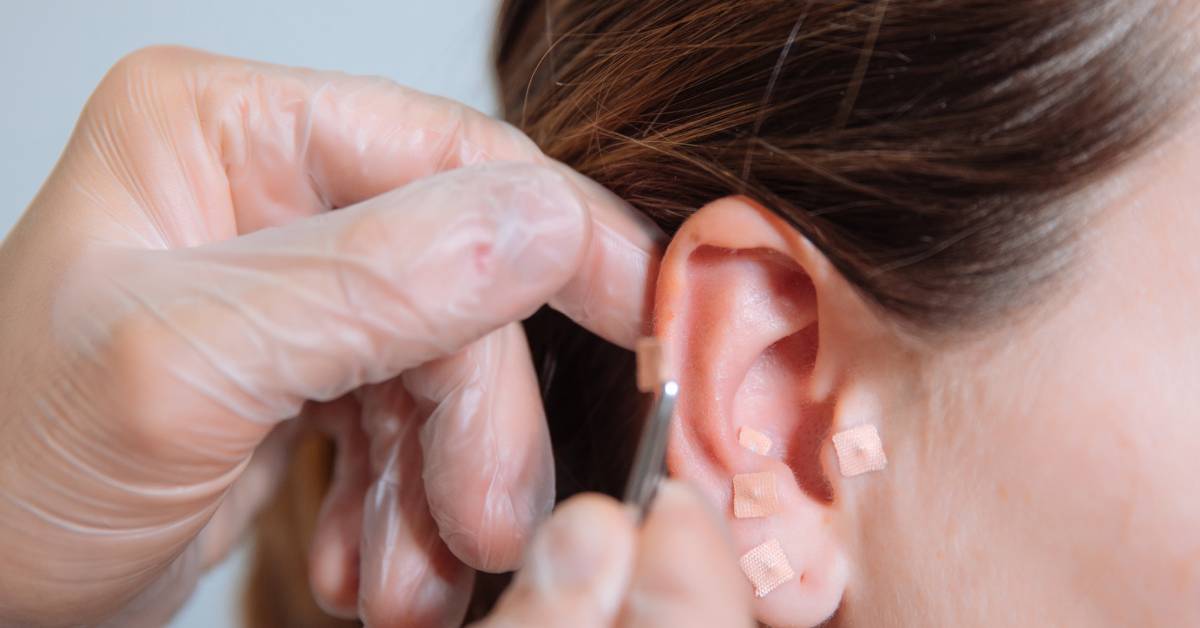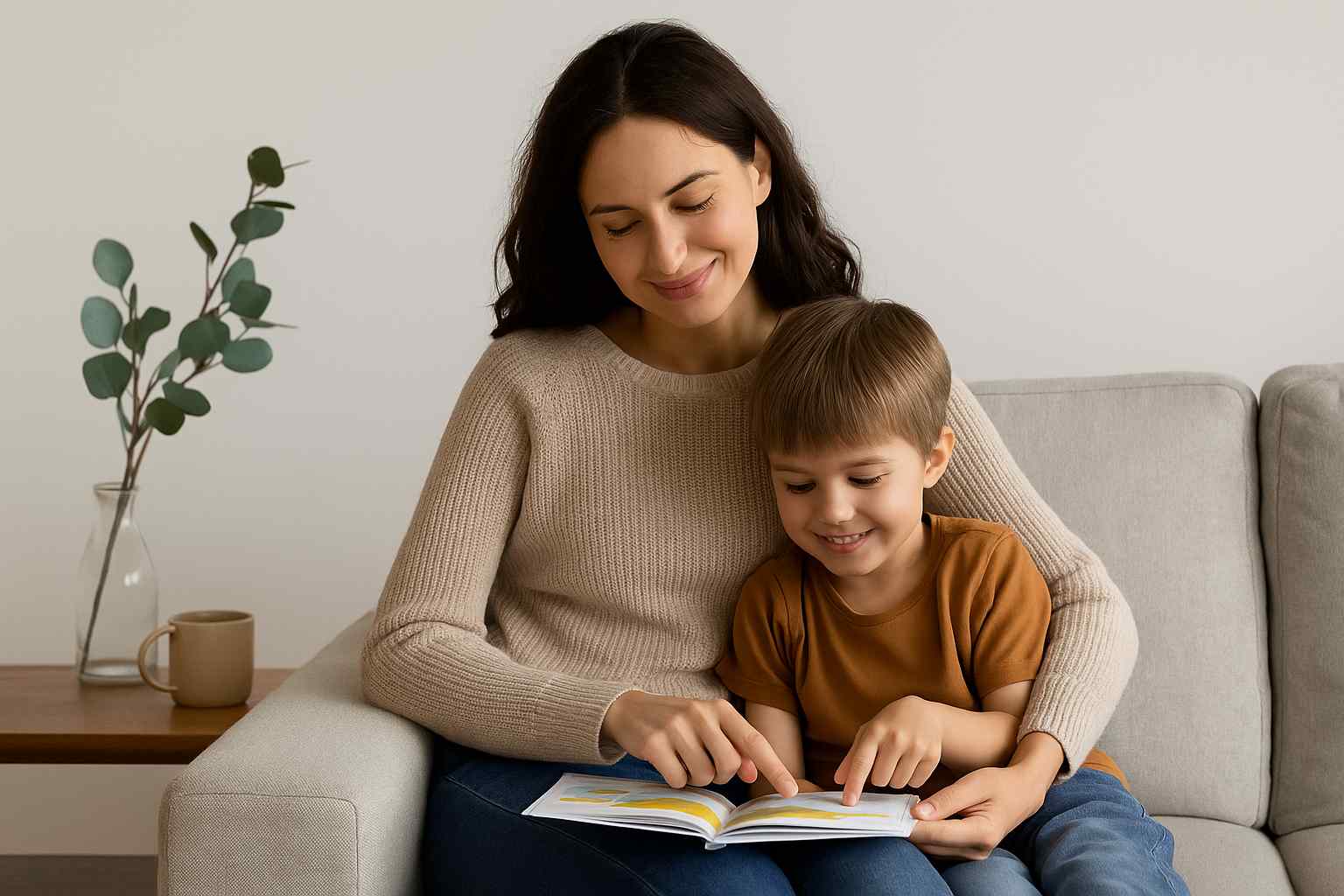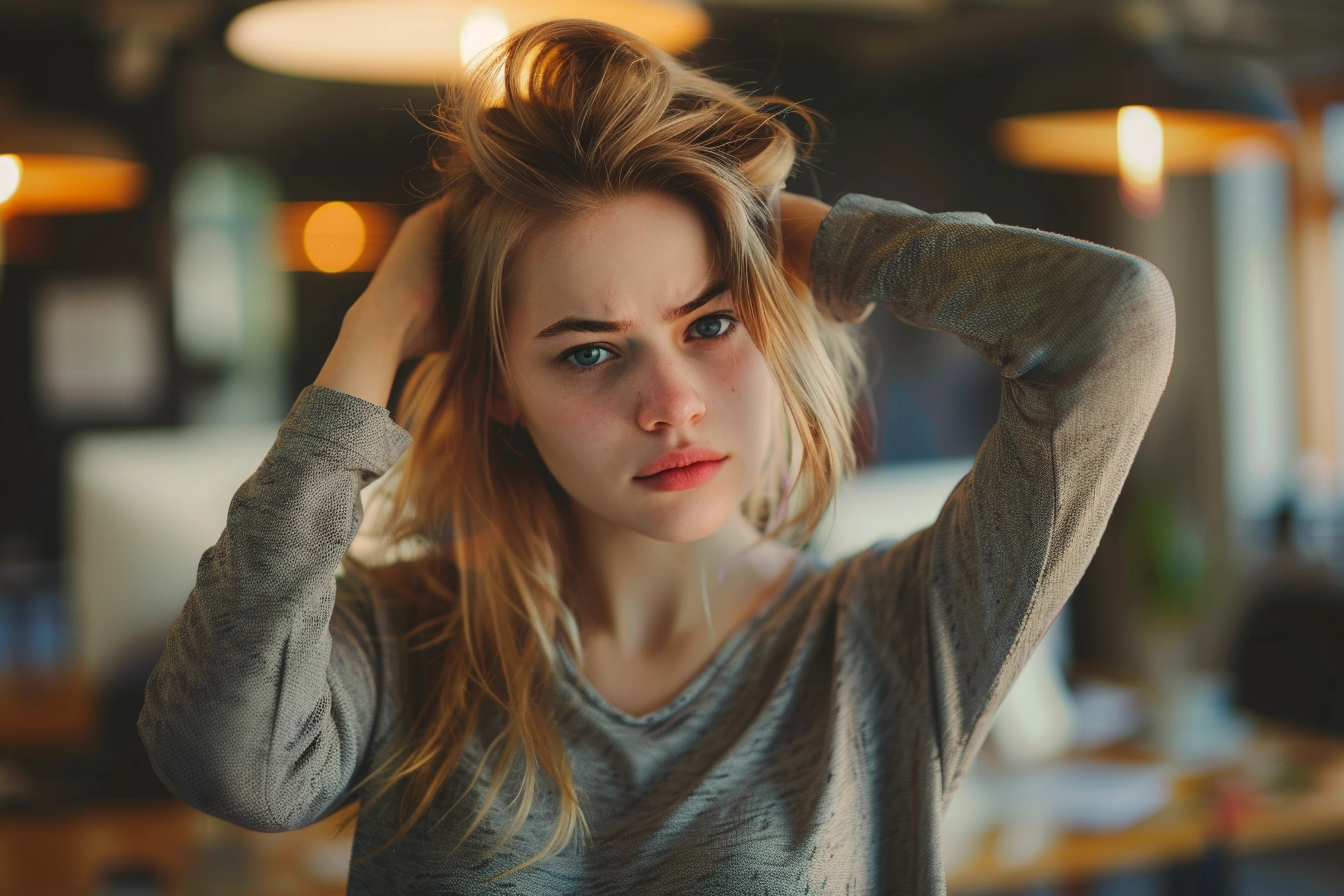Is There Any Science Behind Ear Seeds?
At TCM Tips, we’re not just passionate about alternative medicine; we’re dedicated to presenting solid evidence from various institutions. Through rigorous ear seeds research conducted by respected bodies worldwide, we aim to demystify the science behind this ancient practice for our readers. Dive into the studies below to discover how ear seeds have been scientifically shown to alleviate various ailments. By the end, you’ll have a clearer understanding of the power and potential of ear seeds in modern wellness.
Efficacy of Auricular Therapy for Pain Management: A Systematic Review and Meta-Analysis
Efficacy of Auricular Therapy for Pain Management: A Systematic Review and Meta-Analysis
This systematic review and meta-analysis aimed to evaluate the efficacy of auricular therapy in pain management by comparing it with a sham therapy control group. The study analyzed relevant randomized clinical trials (RCTs) from various medical databases, focusing on pain intensity scores as the primary outcome measure.
Results:
- A total of 22 RCTs were identified, with 13 RCTs being included in the meta-analysis.
- Auricular therapy demonstrated significant pain relief when compared to sham or control groups.
- The overall standardized mean differences (SMD) was 1.59 (95% CI [−2.36, −0.82]), indicating that the pain score reduction in the auricular therapy group was, on average, 1.59 standard deviations greater than the sham control group.
- Among different auricular therapy methods, auricular acupressure showed the strongest evidence for pain relief, followed by auricular acupuncture. Electroacupuncture stimulation had limited evidence due to a small sample size.
URL: https://www.hindawi.com/journals/ecam/2014/934670/
Effectiveness of Auricular Acupressure on Constipation and Related Quality of Life among the Older People in the Residential Care Home: A Randomized Clinical Trial
This randomized clinical trial investigated the impact of auricular acupressure on constipation and the health-related quality of life in older individuals residing in a residential care home in the southeast of Iran (Kerman city). The study involved 53 older participants with chronic constipation, who were divided into intervention (n=27) and control (n=26) groups. The intervention group received auricular acupressure at seven specific auricular acupoints using Vaccaria seeds, while the control group received seedless auricular plasters at the same acupoints for 10 days.
Results:
- Significant difference between groups: The intervention group showed notable improvements in constipation and related quality of life scores.
- Reduction in constipation severity: At the end of the intervention, the mean score of constipation was 0.41 less in the intervention group compared to the control group. Additionally, 10 days post-intervention, the mean score in the intervention group was 0.09 less than the control group.
- Improvement in quality of life: The mean score related to constipation’s impact on quality of life at the end of the intervention and 10 days afterward was 0.56 and 0.19 less, respectively, in the intervention group compared to the control group. A decrease in this score indicates an enhancement in the quality of life.
URL: https://bmcgeriatr.biomedcentral.com/articles/10.1186/s12877-023-03881-7
The Efficacy and Safety of Auriculotherapy for Weight Loss: A Systematic Review and Meta-Analysis
This systematic review and meta-analysis aimed to assess how effective and safe auriculotherapy is for weight loss. Auriculotherapy is a type of ear massage that uses needles, Vaccaria seeds, or magnetic pellets for therapeutic purposes. The study analyzed various randomized controlled clinical trials (RCTs) that tested auriculotherapy’s impact on weight loss.
Results:
- The study included 11 RCTs with a total of 892 patients diagnosed with obesity or being overweight.
- Auriculotherapy showed better results in reducing Body Mass Index (BMI) compared to no treatment or fake auriculotherapy.
- When combined with lifestyle changes, auriculotherapy had an even greater effect on weight loss and hip circumference.
- Among the different types of auriculotherapy, auricular acupressure was found to be beneficial in reducing body weight and waist circumference. However, auricular acupuncture did not show significant results for these outcomes.
- There were some variations in the results based on the type of material used for auriculotherapy (magnetic pearls or Semen Vaccariae) and the specific acupoints targeted.
URL: https://www.sciencedirect.com/science/article/abs/pii/S1876382021001207
Clinical Trials of Auriculotherapy for Women’s Menopause Insomnia Due to Disharmony Between Heart and Kidney
This study aimed to test the effectiveness of body acupuncture combined with auricular acupuncture in treating insomnia in menopausal women caused by an imbalance between the heart and kidney. A total of 111 women suffering from menopausal insomnia were split into two groups: one group (n=55) received body acupuncture combined with auricular acupuncture, while the other group (n=56) received only body acupuncture. The treatment lasted for 3 weeks.
Results:
- Improvement in sleep: After the treatment, both groups reported better sleep quality. However, the group that received combined treatment showed a more significant improvement.
- Reduction in insomnia symptoms: Both groups saw a decrease in symptoms like insomnia and dreaminess, but the combined treatment group had a more notable reduction.
- Fewer menopausal symptoms: The combined treatment group also reported fewer symptoms like hot flashes, dizziness, and night sweats compared to the other group.
- Overall effectiveness: Out of the 56 women in the control group, 82.1% found the treatment effective. In contrast, 94.5% of the 55 women in the combined treatment group found it effective, indicating that adding auricular acupuncture made the treatment more effective.
URL: https://europepmc.org/article/med/31368284
Auricular Acupuncture as a Potential Treatment for Smoking Cessation
This study was designed to evaluate the effectiveness of auricular acupuncture in helping adults quit smoking. A total of 131 adults who wanted to quit smoking participated in the study. They were divided into two groups: one group (n=59) received auricular acupuncture targeting specific points related to smoking cessation, while the other group (n=59) received sham acupuncture on unrelated points. The treatment lasted for 8 weeks.
Results:
- Both groups experienced a decrease in cigarette consumption after the treatment.
- The group that received the actual auricular acupuncture showed a more significant drop in symptoms related to nicotine withdrawal.
- By the end of the treatment, 27.1% of the participants in the treatment group had successfully quit smoking, compared to 20.3% in the control group.
- Six months after the acupuncture treatment ended, 16.6% of the treatment group remained smoke-free, while 12.1% of the control group remained smoke-free.
- No major side effects were reported from the auricular acupuncture in either group.
URL: https://www.sciencedirect.com/science/article/pii/S1726490108700145
Effects of Auricular Point Acupressure on Pain Relief: A Systematic Review
This systematic review aimed to evaluate the effects of auricular point acupressure (APA) on pain management. The study selection process began with the identification of 2,438 articles, which was narrowed down to 46 randomized controlled trials (RCTs) after rigorous screening. These RCTs encompassed a total of 4,115 participants, with ages ranging from 4.53 to 82.13 years. The trials investigated the impact of APA on various types of pain, including acute and chronic pain, and utilized different control methods such as experimental, placebo, blank, and mutual control.
Results:
- 38 out of the 46 RCTs had a Jadad score of 3, indicating a moderate quality of the studies.
- 8 RCTs achieved a higher Jadad score of 4 or 5.
- APA was found to be effective in reducing average pain intensity, decreasing analgesic consumption, and reducing the use of patient-controlled analgesia (PCA) in the intervention group compared to the control group.
URL: https://www.painmanagementnursing.org/article/S1524-9042(20)30168-5/fulltext

Try our Anti-Aging Gua Sha Tool designed to bring out your skin’s natural glow.
Best Gua Sha Product- Anti-Aging: The tool is designed to target 11 specific aging signs such as wrinkles and sagging skin. By following the 7-step routine, users can improve skin firmness and reduce fine lines naturally.
- Enhances Skincare Routine: It works effectively with serums and lotions, boosting absorption and efficacy of skincare products.
- Visible Skin Improvement: Users can expect a smoother complexion, reduced puffiness, and a more youthful appearance.
 P. Sze
P. Sze 

















